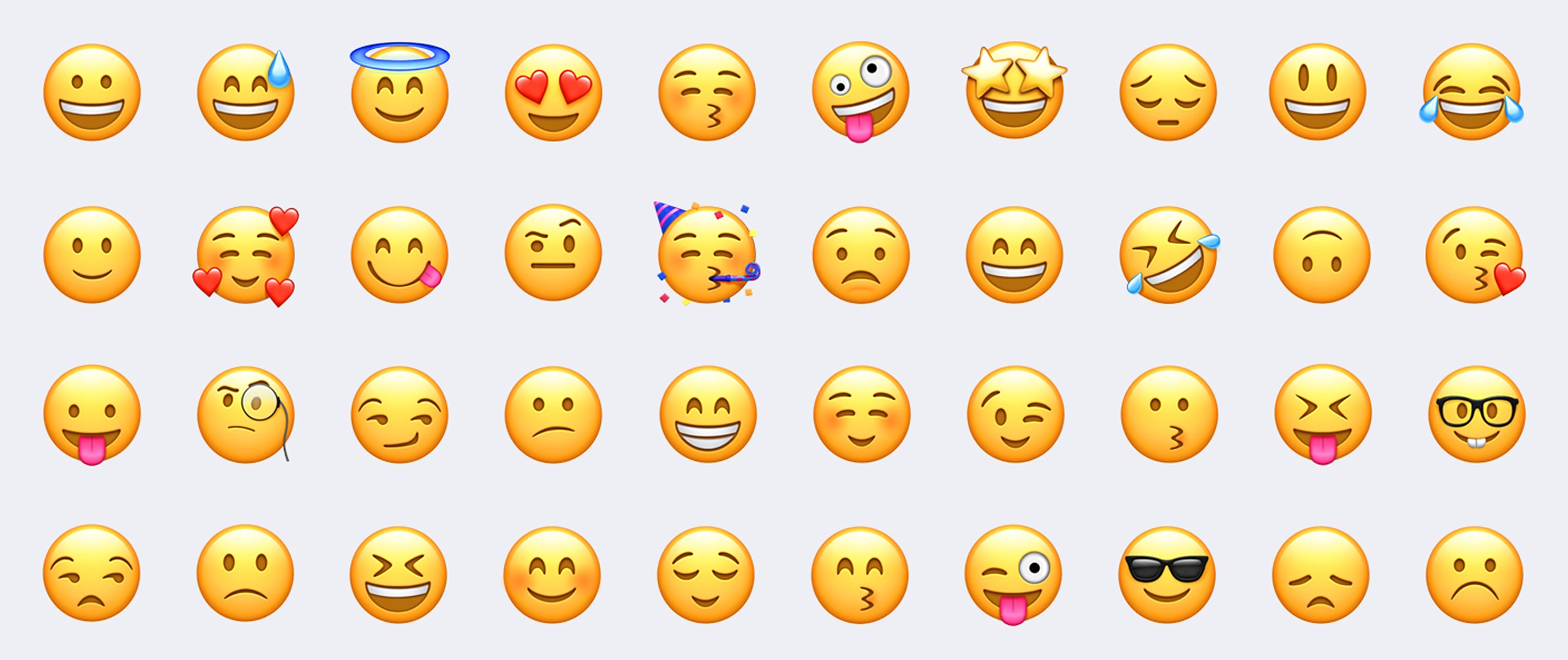If you are someone who heavily communicates on social media apps such as Facebook and Instagram, then you surely know how to convey thoughts through emojis. But while I’m sure you are aware of them, you may not be familiar with the organization behind them. Let’s dive into the Unicode Consortium.
The Unicode Consortium is a nonprofit organization located in California’s Mountain View. The main purpose of this organization is to maintain and release the Unicode Standard, which creates and standardizes various sources of data and libraries, including emojis, so they can be shared easily across multiple platforms. Emojis are represented by several code numbers and points that are then encoded in the UTF (Unicode Transformation Format), thereby making emojis comprehendible and translating them into graphical appearances by platform vendors. Although emojis differ in appearances across different communication platforms, the Unicode Consortium ensures that their names and meaning are same across all.
The impact of emojis is multifold. Let’s shed some light on the various impacts of these graphics:
- Sociological impact
First and foremost, emojis are seen to have a significant impact on society at large by promoting diversity and inclusivity. It was in 2015 when the Unicode Consortium launched a series of modifiers for different emoji skin tones. This introduction gave emoji users the opportunity to express social diversity in different forms, for example, ethnicity, gender and race. This form of expression through emoji took digital communication a notch higher and created a sense of identity with different relationships, whether personal or professional.
- Psychological impact
The next impact of emojis in digital communication is psychological, in which they translate emotions to different facial expressions. As is the case with face-to-face communication, where people forge relationships through emotional contagion, emojis are seen to activate the same part of the brain. As such, they solve the problem of inexpression seen in digital communications and infuse a sense of realism by communicating gestures and emotions.
- Linguistic impact
Last, but not the least, emojis represent various human voice inflections, physical expressions, and gestures—all of which resemble that of vocal communication. People read emojis of their social media and text messages as emotional information—something that helps them in deciphering the true meaning of their digital messages that sometimes vary due to differences in individual personalities and social contexts. They serve the function of emotional indicators (for example, happy), nonemotional indicators related to facial expressions (for example, joking), and indicators that have deep intention.
********
RITTA is an award-winning New Jersey advertising agency. We build long-lasting client relationships with local and national premium brands. Contact us today to learn more about social media marketing

